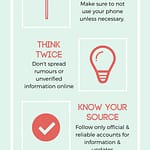Recent crises have demonstrated the important place social media holds in emergency management. More and more public safety organisations are embracing the trend, but challenges remain in ensuring that the benefits of social media are maximised for people’s safety.
Table of contents
During emergencies and disasters, responders often need to cope with either a lack of information or an information overload. We believe that Social Media in Emergency Management (SMEM) has enormous potential for information and knowledge sharing, whether used for education and prevention or for real-time incident management. However, we still face the challenge of ensuring that information shared in times of emergency is accurate and reliable.
Social media & emergency management
Social media is becoming increasingly integrated into our everyday lives, but what is its role in emergency management? As many people use these platforms as a source of information, emergency organisations can reach large numbers of the population in times of emergency. This allows the sharing of important information about ongoing incidents, such as floods, wildfires, or security threats. In addition, social media can be used as an educational tool to encourage preparedness and preventative actions.
Information exchange is bi-directional. Crowdsourcing initiatives can provide valuable information for emergency teams, improving situational awareness for incident response. Volunteer Virtual Operations Support Teams (VOST) also play an important role in amplifying official messages, identifying key information, and detecting rumours.
At the same time, the presence of public authorities and emergency professionals on social media is also increasing. These accounts often have an important role to play in building trusting relationships between the public and emergency services, giving a voice to emergency professionals on the field.
EENA's projects with social media
Sharing information in an emergency can be lifesaving, but the messages must be from official, reliable sources; misinformation and disinformation can be extremely harmful. That is why EENA partnered with Twitter in May 2020 to help trusted sources in public safety verify their accounts. The blue verified badge lets people know that the account is authentic and a reliable source of information.
EENA also participated in the EU-funded project EmerGent (Emergency Management in Social Media Generation). The project examined the impact of social media in emergency situations and created tools to help emergency organisations benefit from these platforms at all stages of an emergency. Hoaxes and rumours are time-consuming for emergency services and guidelines were also prepared for the public to encourage responsible use of online platforms.
useful resources
EENA believes that the sharing of knowledge and best practices will drive improvement in SMEM. The resources below aim to provide a solid basis for emergency services to build on.
Documents
Infographics on "How to use social media in emergencies"
The infographic below is free of use and downloadable in different languages.
Webinars and Lectures
- EENA & Twitter: Crisis Communications Webinar
- EENA webinar: How disinformation & cyberthreats affect emergency services during COVID-19 outbreak
- Filmed session at EENA Conference 2019: The potential of social media in emergencies
- Presentations at EENA Conference 2018: Social media strategies and tools
- EENA webinar: Social Media in Emergency Management
- EENA webinar: Social Media Day

